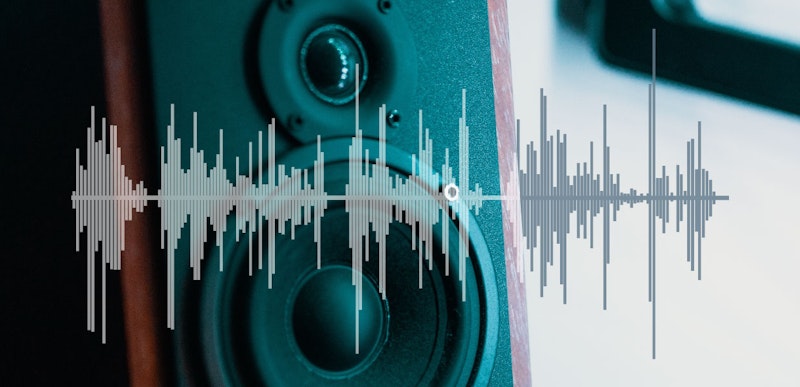If you’ve found your way to this article, it is most likely you’ve had a problem, and After Effects is not playing audio. Thankfully the fixes for this issue are quick and straightforward, but there are a number of them. If you are unsure why your audio isn’t playing, use this handy checklist to take you through fixing your After Effects audio.
Summary
Part 1: 4 Troubleshooting Steps to Put to the Test
When troubleshooting your audio issues, you should try each of these steps, in turn, to help narrow down the cause of the problem.
1. Check the Audio is On
Within After Effects, there are two ways to turn the Sound off and on. The first is at the start of the Timeline, where you can individually turn off both Audio and Visual Elements on the Timeline. The second is in the Audio Preview window; increase the size of the panel and check the Audio icon is set to On.
2. Check if other Apps are Still Providing Sound
This might sound like an obvious step, but it can also save a lot of embarrassment when you discover your speakers are not plugged in. Sometimes the simplest problems can be overlooked, by checking if other apps are still providing sound, you can be pretty sure the problem is within After Effects.
3. Check the Computer’s Audio Output
Sometimes your computer’s audio output may change, and it simply doesn’t know where to send the sound. Check this next to narrow down the source of the problem further.
For a PC
- Edit > Templates > Output Module
- To turn on: Edit > Option > Turn On Output Audio > Ok
For a Mac
- Select System Preferences under the Apple Menu.
- Select the Sound icon to open the Audio Settings
- In the Output tab, choose the hardware you wish to use from the list and close the window.
4. Check After Effects Audio Output
If your computer’s audio output is correct, it could be that After Effects internal Audio Output setting is incorrect. You can also check this if your After Effects sound if coming through the wrong output, for example, coming through your speakers rather than your headphones.
- To start, open up the After Effects Preferences panel but going to After Effects > Preferences
- Select the Audio Output Mapping tab, and check the Left and Right settings match the hardware you wish to use.
- Next, go to the Audio Hardware tab.
- Check the Device Class is set to MME (not ASIO) and the Default Output setting matches your hardware choice. Hit OK to close the preferences.
Part 2: Rendering Audio in After Effects
You may already be familiar with rendering for effects in After Effects, but audio can need rendering as well. Each layer on your timeline is an element After Effects needs to prepare for playback. The more straightforward this information is for your device to interpret, the better quality playback you will see. Rendering the process your computer does to prepare your composition for playback.
- Ensure that the In and Out Points on your Timeline cover all the audio you wish to Render.
- Go to Composition > Add to Render Queue
- In the Render Queue, select Output Module and choose either WAV or MP3.
- You can also change the Audio Bitrate by selecting Format Options > Audio Bitrate & Codec Quality. Once you have checked your audio settings are correct, click OK.
- Next, click on Output To. Select a location and suitable name for your file and hit Save.
- Finally, click on Render and wait for your file to be exported.
When your Audio doesn’t play, it can be both frustrating and stressful. Fortunately, the fixes are simple and don’t take much time at all. Now you have this handy checklist to take you through troubleshooting your After Effects audio glitches; we hope you get back to creating your masterpiece as soon as possible.



























